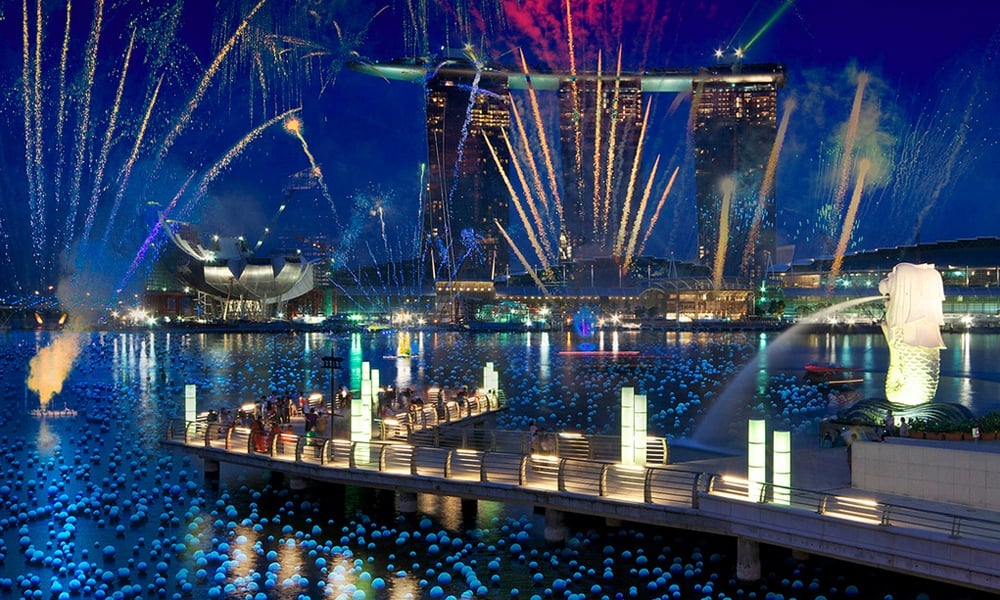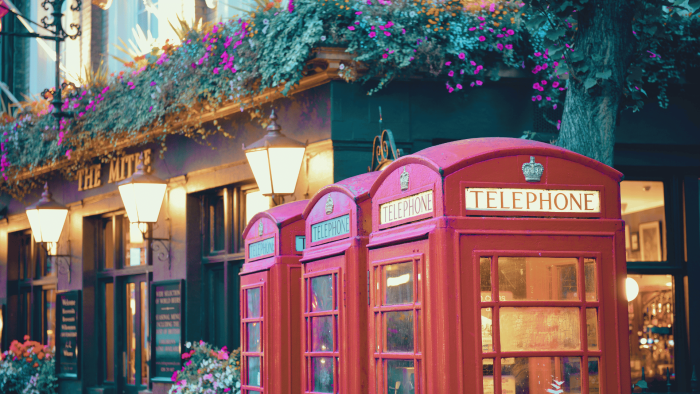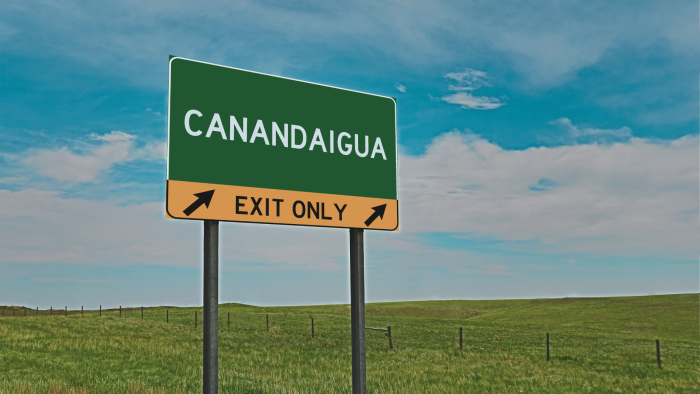It’s official: We’re finally in the home stretch of 2016, and if we’re being honest with you, we can’t wait for it to be over. Shit got weird, and not in the good way, so we’re looking to send this year off as soon as possible. The question becomes, how?
We know how we in the United States do it. It’s fairly formulaic. There’s a little champagne toasting, we watch the ball drop, and maybe we even get to kiss somebody. But what about our neighbors around the world? How do they celebrate the New Year? Because the usual way just doesn’t feel like the right way to end 2016. It might be about time to adopt some of the international community’s traditions, because some of them feel just strange enough to give 2016 the perfect end.

Spain
When the clocks strike midnight in Spain, people celebrate by stuffing grapes in their mouths—12, to be exact. Why? Well, according to rumors, the custom began in the late 19th century after local wine-makers decided they wanted to come up with a way to sell more grapes. Whatever its origin, the tradition’s grown into a distinctive, fun, and family-friendly tradition in Spain. There’s even a debate over whether or not you’re supposed to do it seed in or seed out. Each grape signifies one month of the year, and fitting all 12 in your mouth at once signifies good luck and prosperity for the New Year. Link

The Philippines
If there’s one thing we love, it’s a good Pinoy party—delicious barbecue, cheap beer, and hours upon hours of fun. Naturally, Filipino people don’t disappoint for the New Year. Aside from the standard fun and good tidings, the Philippines has some pretty interesting New Year traditions. Before midnight, every door and window in the entire home (including cabinets and drawers), must be opened in order to let luck, fortune, and prosperity in with the New Year. Filipinos also believe in round fruits bringing luck. Melons, oranges, grapes, whatever—bringing round fruit to a party increases a person’s chances at good luck throughout the year. Link

Peru
While not a national tradition, people in Santo Tomas in the small Chumbivilcas Province, near Cuzco in Peru, celebrate the ending of the year with the annual Takanakuy festival, which is basically a whole event dedicated to kicking the shit out of each other. Santo Tomas is one of the most isolated cities in Peru, so most of the time they have to take the law into their own hands. Basically, the Takanakuy festival sees everyone become Batman, although slightly more controlled and not as one-sided. There are rules to the fighting and each match is closely officiated, both by a referee and the public at large. Most people seem to hold the results as legally binding, since, due to their isolation, the fighting is about as much litigation as the people can get. Link

France
One thing we love about the French is that they know how to have a good time, and New Year’s Eve is certainly no exception. Every year, the French customarily participate in le Réveillon de Saint-Sylvestre, which translates to “Saint Sylvester’s Eve” although, at this point, it’s synonymous with New Year’s Eve. The difference in naming comes from December 31 being the feast day of Saint Sylvester and to celebrate, the French have a meal similar to their Christmas—dinner, goose, turkey, oysters, and foie gras, among other things. After that, they drink, dance, and generally party all night. Beyond the meal, it’s not hugely different, but expect the party to be distinctly French, with plenty of champagne and a language that sounds like fancy Spanish. Link

Ireland
You’d think the Irish would ring in the New Year with a little whiskey, some fiddling, and a good dance, because the Irish are basically thought of as cartoons instead of actual people. But believe it or not, there’s more to their New Year’s celebrations than Riverdance and Jameson. On New Year’s Eve, the Irish honor their dead by setting a place for them at the dinner table and leaving the front door unlocked. Just for good measure, they also take leftover Christmas bread and bang it on all the walls and doors of the house, believing it will chase away bad luck and welcome good spirits. Link

Siberia
Naturally, as Russians tend to do, Siberians celebrate New Year’s Eve in a way that makes absolutely zero fucking sense to anyone but themselves. Essentially, tradition dictates that they must jump into a frozen lake. And not just that, but they have to jump into a frozen lake while holding a tree trunk. The trunk must be placed below the ice before the person is allowed to leave the lake. What does all that help with? Literally nothing. They do it just because.

Singapore
New Year’s Eve in Singapore is a truly beautiful and special occasion. Every year, people from all over the world come to release “Wishing Spheres” into the Singapore River. Wishing Spheres are white balls on which people write their hopes and dreams for the upcoming year. There’s a massive ceremony and celebration (including a badass pyrotechnics display), and every year, upwards of 25,000 spheres are released into the river. Link

Denmark
The Danish have a whole bunch of New Year’s traditions, but one of our favorites is their massively popular tradition of smashing tableware. Why? Well, the Danes believe that saving plates during the year, and then smashing them on their neighbors’ doorsteps on New Year’s Eve, they’re showing how much they appreciate their friends and how much they mean to them. Believe it or not, the dishware that’s thrown at your house and the bigger the pile of ceramic shards on your doorstep, the more people like you. Link

The Bahamas
It’s not a rumor that Bahamians like to party—it’s a goddamn fact. Every year on New Year’s Day, Bahamians flood the streets for the Junkanoo parade. People don incredibly colorful and ornate costumes that take literal months to make, and party through the streets all day. The parties exist throughout the islands, and they are regarded as the most extravagant, lively street carnivals on the planet. Link




